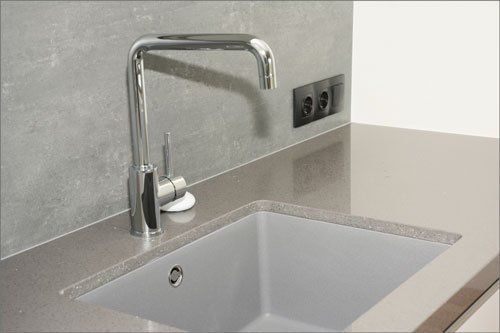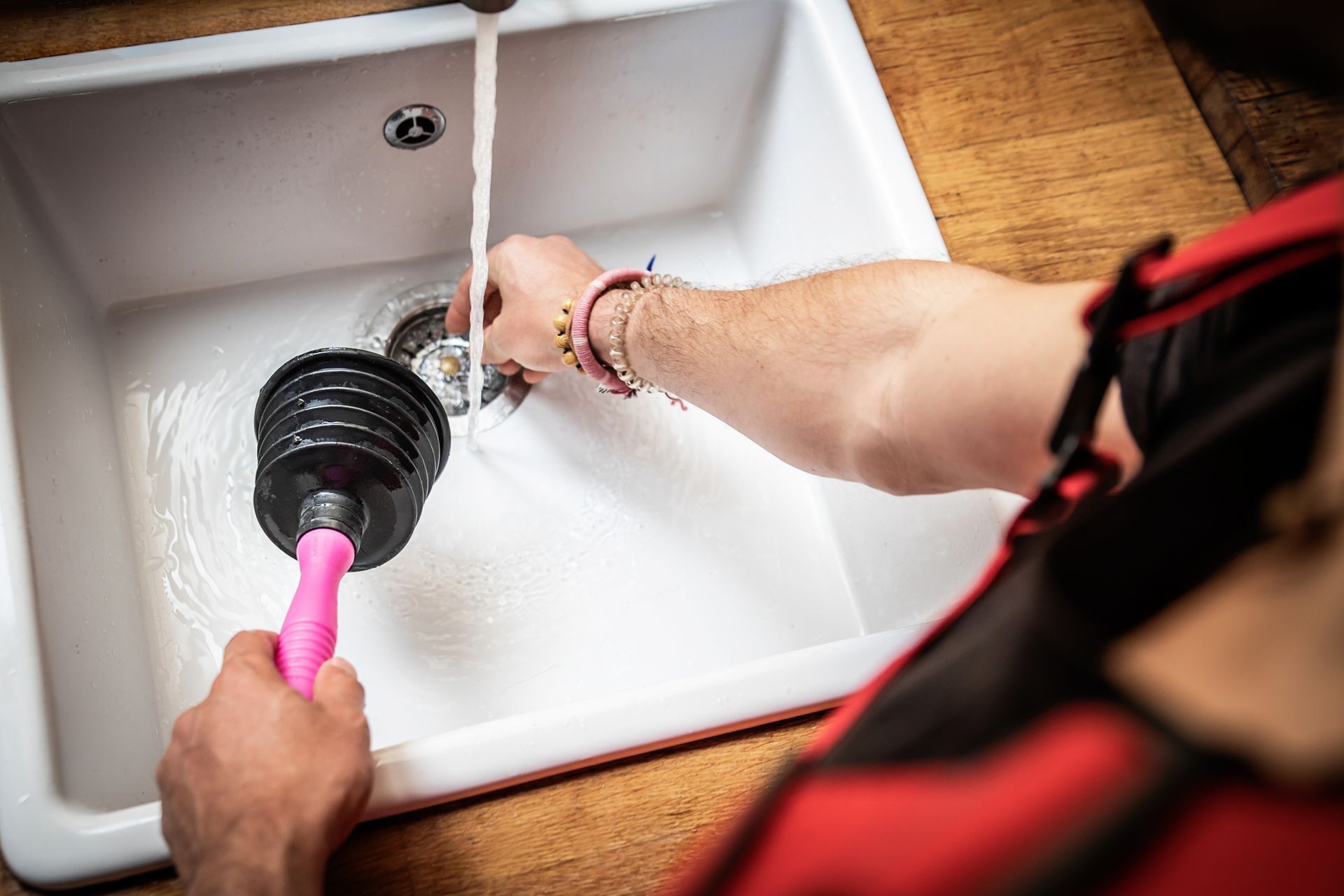Everything Including The Kitchen Sink: Plumbing Anatomy 101

What lurks beneath your kitchen sink is a complex system of plumbing that brings you fresh water and takes the waste away.
07.18.2018
What lurks beneath your kitchen sink is a complex system of plumbing that brings you fresh water and takes the waste away. While spending weeks, months, or years building an expert-level degree of knowledge about your under-the-sink plumbing isn't necessary, gaining a basic knowledge can help you to spot problems as they start and better communicate with the contractor.
Whether you're about to remodel your kitchen, have a known leak, or have concerns about another plumbing problem, take a look at the need to know information about your under-sink's system and its anatomy.
The P Trap
Each type of pipe under your kitchen sink serves its own special purpose. The P trap's name is somewhat misleading. While you might expect it to have some sort of "P" shape, the pipe itself looks more like the letter U.
Removing the P trap will result in water spilling out of the pipe. Don't worry — it's normal for the trap to have water inside of it. The water stops sewer gas from coming up the drain and into your home. Debris, grease or objects can lodge in your sink's P trap, causing water to back up and clog the sink's drain. If this happens, a plumber can identify the problem, remove the clog and get your sink running again.
The Waste Arm
The waste arm extends from the P trap. This piece of pipe attaches to one end of the P trap using a washer and a nut. The other end of the arm goes into the wall to the main drain. This is the pipe that carries the waste water and anything else that goes down your sink's drain away from your kitchen's plumbing.
The Basket Strainer
While part of this plumbing piece is in eye's view, the rest of the basket strainer is typically hidden. This is what many homeowners or novices to plumbing consider as the sink's drain. It is the slotted piece at the bottom of your sink that allows water and debris to go down the drain and into the plumbing.
If the basket strainer doesn't fit properly in the hole at the bottom of the sink, is off-center, isn't insulated with plumber's putty, or doesn't connect correctly to what's underneath it, you're likely to have a serious leak. A qualified plumber can correct these types of issues, creating a water-tight sink surface.
The Tailpiece
The tailpiece is the pipe that fits under your sink's basket strainer. It's a straight pipe that lets the water go directly down into your sink's plumbing. In most kitchen sink setups, it connects to a straight trap adapter. The trap adapter than connects to the curved P trap.
The Shut-Off Valve
Along with waste water, fresh water also flows through your sink's plumbing. Instead of traveling through the same system that the waste does, the fresh water comes in through its own separate set of pipes. If these pipes should leak or you should need to change the pipes or fixtures, a shut-off valve can stop the flow of water.
Instead of having to turn your home's water main off, this valve will cut-off the water to the kitchen sink only.
The PVC Piping
Polyvinyl chloride (PVC) is a type of plastic pipe. PVC is a common material used in residential and commercial plumbing systems. Older homes may have lead, steel or copper pipes. These metals have largely been replaced by PVC plumbing in most homes.
New PVC pipes are durable, resist corrosion and easy to install. Instead of requiring special cutting or soldering tools, these pipes are easily shaped with a handsaw. The plumber can also quickly join these pipes together with washers and plastic nuts.
Do you need help repairing or reinstalling your sink's plumbing? Contact O'Fallon Sewer Service for more information.
Facebook Twitter Google+ pinterest








